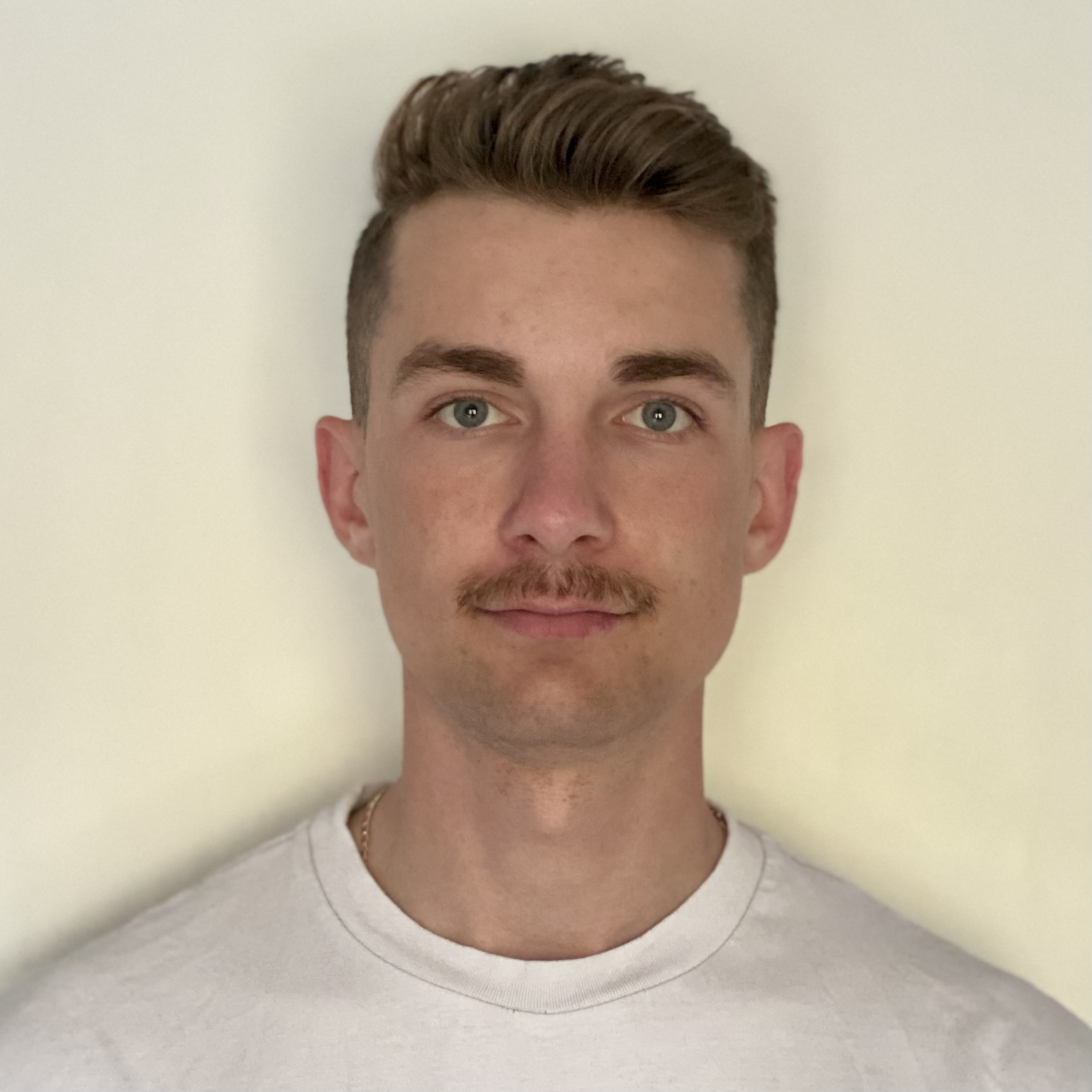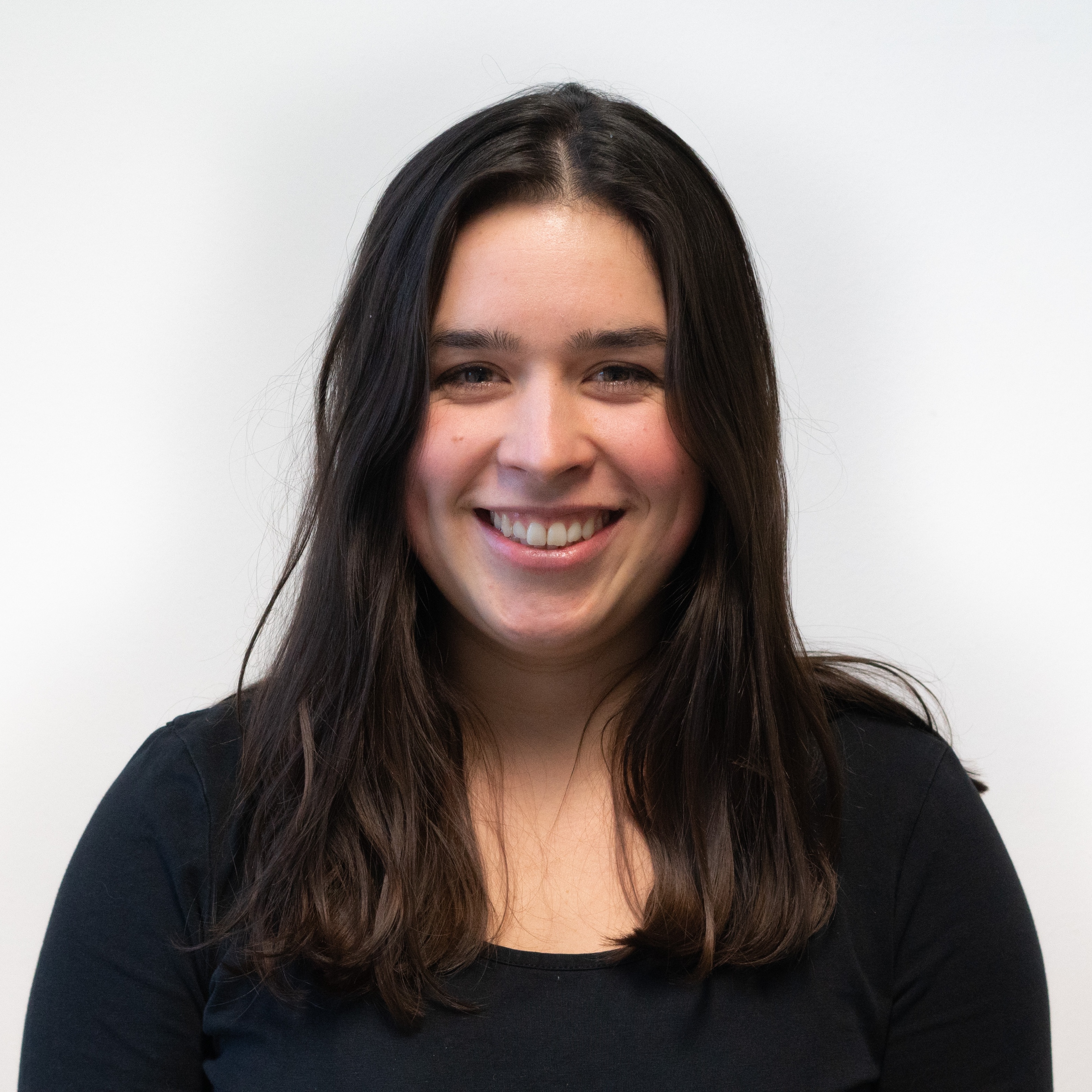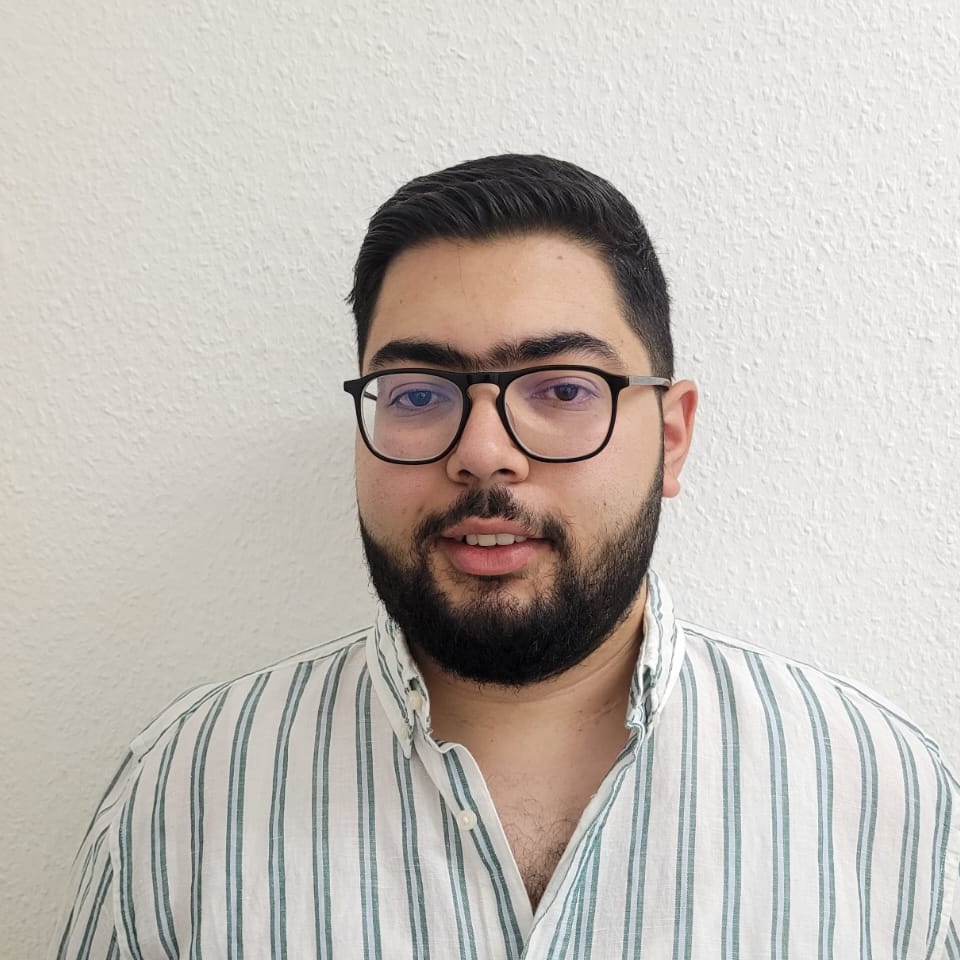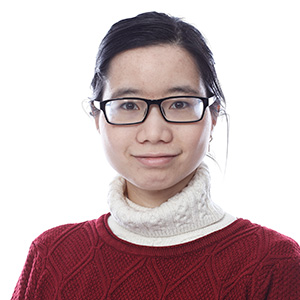In the past 50 years, overweight and obesity have steadily increased in the global population. Those affected have a higher risk of numerous concomitant diseases such as diabetes, cardiovascular diseases and certain types of cancer. Despite the ever-increasing offers of support for weight reduction, it is usually not possible to achieve substantial and, above all, long-term weight loss. Paradoxically, obesity rates are even continuing to rise. This trend has also been significantly reinforced by the Corona pandemic.
Especially the youngest in our society are affected: more and more children show first signs of obesity. When these children reach adulthood, they often have to struggle with severe overweight. Therefore, to successfully prevent obesity, one needs to start at a young age. Furthermore it has been shown that sustainable behavioral changes in diet or sports habits can only be achieved if the direct environment participates.
That’s where AdyBuddy comes in: our application is aimed at children and teenagers and their family or friends. It challenges them in a fun way to change their habits around nutrition and exercise and improve their knowledge on the topic, involving the entire personal environment. Together, they work towards the goal of living a little more consciously and healthily each week, thus counteracting obesity and disease in the long term.






